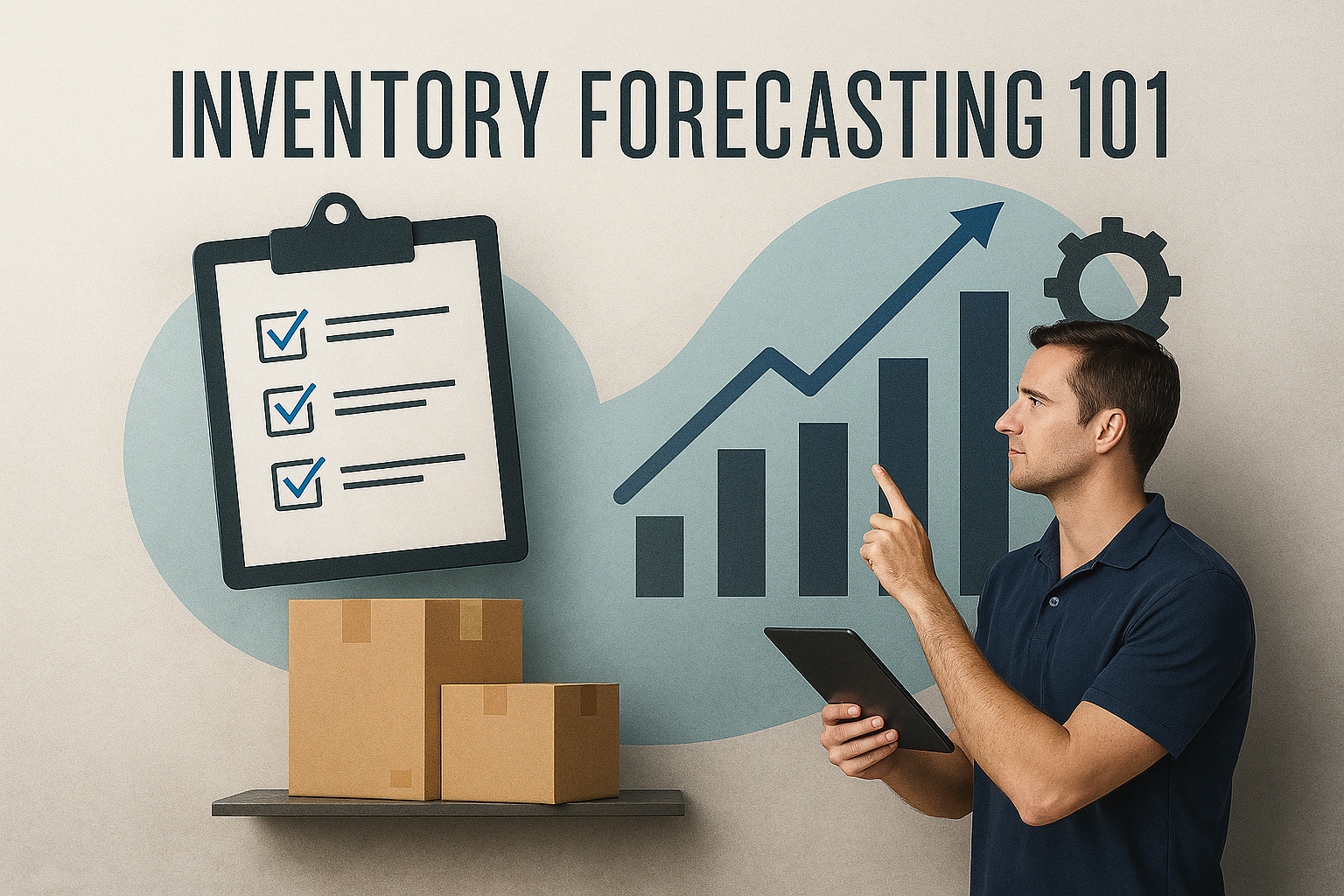Inventory Forecasting 101: How E-commerce Brands Can Master Stock Levels
Managing inventory effectively is crucial for e-commerce success. Too much stock ties up valuable capital, while too little leads to missed sales and unhappy customers. Accurate inventory forecasting helps strike the perfect balance, enabling businesses to grow sustainably and profitably.
Why Inventory Forecasting Matters
Inventory forecasting is predicting future sales to maintain optimal stock levels. Accurate forecasting:
Minimizes holding and storage costs.
Reduces stockouts and backorders.
Enhances customer satisfaction through reliable availability.
Increases cash flow by minimizing excess inventory.
Essential Methods of Inventory Forecasting
1. Historical Data Analysis
Past sales data helps predict future demand. Analyze seasonal trends, sales velocity, and past promotional impacts to build a realistic forecast.
2. Trend Forecasting
Identify long-term upward or downward trends in product popularity. Tools like Google Trends or market research reports provide valuable insights into emerging customer preferences.
3. Seasonal Forecasting
Understand your products' seasonal patterns—like increased demand during holidays or specific seasons—and adjust stock accordingly.
4. Demand Forecasting Software
Leverage technology designed to analyze real-time sales data, predict demand, and automate reordering. Popular tools include Inventory Planner, NetSuite Demand Planning, and EazyStock.
Common Inventory Forecasting Mistakes to Avoid
Ignoring Lead Time: Always factor supplier lead times into your forecast to prevent stockouts.
Over-relying on a Single Forecasting Method: Use a blended approach for greater accuracy.
Not Adjusting Forecasts Frequently Enough: Regularly revisit and update forecasts as market conditions and buying behaviors shift.
Steps for Accurate Inventory Forecasting
Gather Data: Collect comprehensive historical sales data, seasonal patterns, and external market trends.
Choose Forecasting Techniques: Select methods best suited to your product type and business model.
Implement Technology: Invest in forecasting software for real-time accuracy and operational efficiency.
Review and Refine Regularly: Continuously track forecasting performance, adapting as necessary to maintain accuracy.
Putting Inventory Forecasting into Action
Accurate inventory forecasting is not just about avoiding stockouts—it's about empowering your e-commerce business to thrive. By systematically analyzing past data, employing reliable forecasting tools, and consistently refining your predictions, you'll manage inventory smarter, improve profitability, and ensure a superior customer experience.
Master your stock levels, and you'll be ready to handle whatever demand comes your way.


